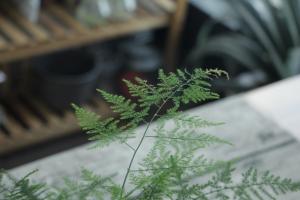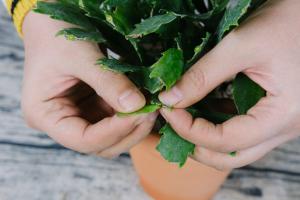What Happens to Soap in Water Sanitation Plant?
Water sanitation plants play a vital role in ensuring that our water supply is safe and free from harmful contaminants. These facilities are responsible for treating wastewater before it is released into our waterways. But have you ever wondered what happens to the soap in the water when it goes through the treatment process?
The Soap in the Water
Before we dive into the specifics of how soap is treated in a water sanitation plant, let's first take a closer look at why it's even there in the first place. When we take a shower or wash our clothes, we use soap to create lather and cleanse our bodies and clothes. The soap and other cleaning agents we use can contain a range of chemicals that get washed down the drain and into the sewage system.
The Treatment Process
Once the wastewater reaches the water sanitation plant, it goes through a series of treatment processes to remove contaminants and ensure the water is safe to release back into the environment. The specific treatment process used can vary from plant to plant, but the general steps include:
Primary Treatment: In this stage, large solids and debris are removed from the wastewater using screens and settling tanks.
Secondary Treatment: Biological treatment is used to break down and remove organic matter and nutrients from the water.
Tertiary Treatment: Advanced treatment methods such as filtration, disinfection, and nutrient removal are used to further purify the water.
Soap in the Treatment Process
During the treatment process, the soap and other cleaning agents in the water are biodegraded by microorganisms in the wastewater. The microorganisms break down the chemicals in the soap, converting them into harmless substances such as water and carbon dioxide. Depending on the type of soap and the treatment process used, some residual soap may remain in the water, but it will be at such low levels that it poses no threat to human health or the environment.
The Importance of Proper Disposal
While wastewater treatment plants are designed to remove contaminants from the water, it's important to keep in mind that not all substances should be flushed down the drain. Substances such as pharmaceuticals, cleaning products, and certain chemicals can be harmful to the environment and may not be removed during the treatment process. It's essential to dispose of these substances properly according to local guidelines to prevent them from entering our water supply.
The Bottom Line
Soap is a common household item that makes its way into our water supply through the sewage system. Fortunately, water sanitation plants are equipped to treat and remove the soap and other contaminants from the water before releasing it back into the environment. By properly disposing of harmful substances and being mindful of what we put down the drain, we can help ensure that our water supply remains safe and clean for generations to come.

 how many times do yo...
how many times do yo... how many planted tre...
how many planted tre... how many pine trees ...
how many pine trees ... how many pecan trees...
how many pecan trees... how many plants comp...
how many plants comp... how many plants can ...
how many plants can ... how many plants and ...
how many plants and ... how many pepper plan...
how many pepper plan...
































